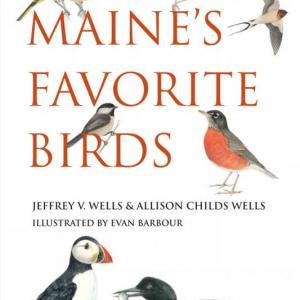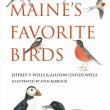When the Hidden World of Birds is First Revealed
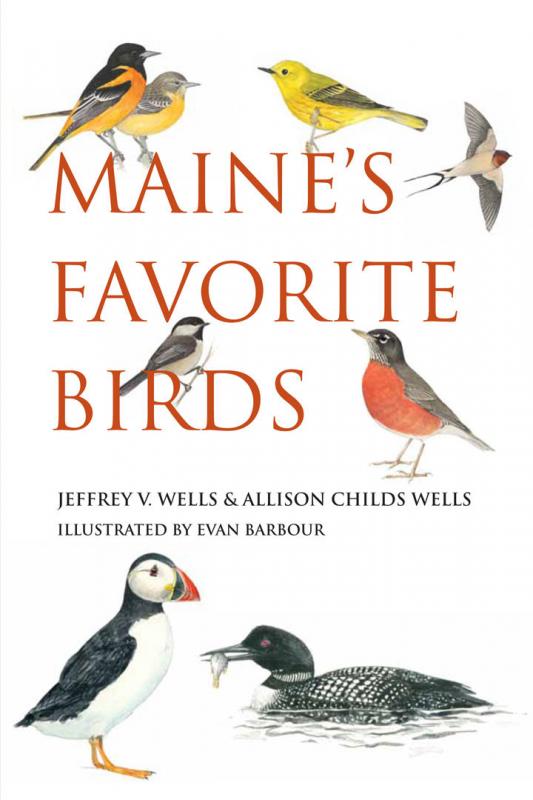 The authors wrote their book with the hope of helping birders experience the joy of seeing birds for the first time. Courtesy of Jeff and Allison Wells.
The authors wrote their book with the hope of helping birders experience the joy of seeing birds for the first time. Courtesy of Jeff and Allison Wells.
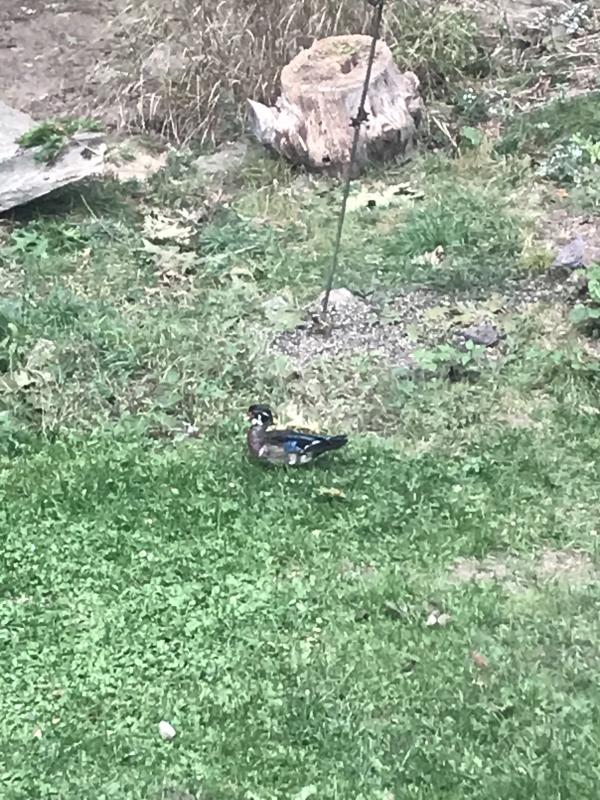 New birder (Jeff’s) brother Andy shared this photo of a wood duck at his feeder last fall, helping the authors recapture the excitement of seeing a bird for the first time. Courtesy of Andrew Roth-Wells.
New birder (Jeff’s) brother Andy shared this photo of a wood duck at his feeder last fall, helping the authors recapture the excitement of seeing a bird for the first time. Courtesy of Andrew Roth-Wells.
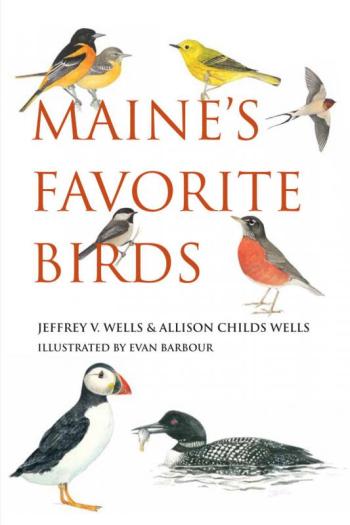 The authors wrote their book with the hope of helping birders experience the joy of seeing birds for the first time. Courtesy of Jeff and Allison Wells.
The authors wrote their book with the hope of helping birders experience the joy of seeing birds for the first time. Courtesy of Jeff and Allison Wells.
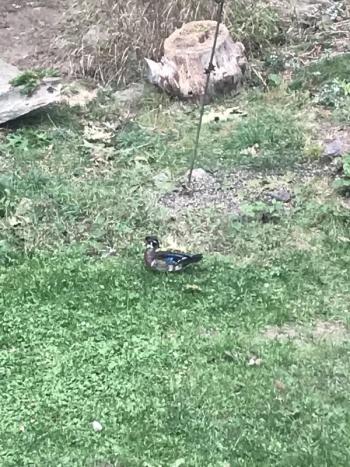 New birder (Jeff’s) brother Andy shared this photo of a wood duck at his feeder last fall, helping the authors recapture the excitement of seeing a bird for the first time. Courtesy of Andrew Roth-Wells.
New birder (Jeff’s) brother Andy shared this photo of a wood duck at his feeder last fall, helping the authors recapture the excitement of seeing a bird for the first time. Courtesy of Andrew Roth-Wells.
The pure joy of discovery. As children we often felt that joy, as we found something we had never seen or learned about something wondrous that we had only dreamed of or heard stories about. Sometimes it was something so new that we couldn’t even fathom it and were left puzzling. Those of us who were fortunate enough to spend time around a wise, loving, and supportive elder might have had the experience of learning some of these wondrous things from them.
Even now we can remember the excitement we felt in our first-ever discovery of a bird that we had seen pictured in our old Peterson field guide that we had inherited from our parents or grandparents. That first yellow-rumped warbler or brown creeper or hermit thrush or rose-breasted grosbeak, or any of the many other first birds, seemed truly magical. It was as though our minds couldn’t fully grasp that the paintings in the field guide were depictions of truly living entities that flew, and hopped, and called, and sang. So when we would see one of these birds bursting with life, it was as though we had seen a unicorn or a wizard from a mystical fairy tale.
We can clearly remember that pure burst of joy we experienced with each glimpse into a world that we had never known existed. Now, it’s harder for us to experience that same feeling here in Maine where we have seen and know well a lot about most of the bird species that regularly occur here. That’s not to say that we still don’t find endless fascination and satisfaction as we watch and learn more about even the most familiar of birds. We do.
But there is one way that to recapture the first-time joy of seeing a bird species even when you’ve seen it many times before.
How?
By helping new birders enjoy that thrill of discovery.
Novice birder brother Andy has been letting us rediscover some familiar birds through his eyes as he experiences the joy of discovery with his increased time working from home. In his COVID office, he can look out on the backyard where the number and type of bird feeding stations has grown steadily over the last year. His photos of new birds taken from the window with his mobile phone have arrived by text and email and sometimes through social media. He has shared photos of bluebirds, hairy woodpeckers, red-bellied woodpeckers, a cardinal with a stubby tail—even a male wood duck eating acorns under the feeder in the fall. Sound recordings, too! The “onk-a-lee” songs of his first-of-spring red-winged blackbirds made it onto the best hits recorded and sent to us for our listening pleasure. The joy of his discovery was the best part.
It’s been wonderful for us to be able to get at least a bit of that wonder and thrill through his experiences. It’s also why we write our book “Maine’s Favorite Birds,” with the hope that while we can’t communicate with everyone who is learning about the birds around them for the first time, we hope our book can be part of helping to make that magical joy of discovery happen for those who are ready for it.
Jeffrey V. Wells, Ph.D., is a Fellow of the Cornell Lab of Ornithology and Vice President of Boreal Conservation for National Audubon. Dr. Wells is one of the nation's leading bird experts and conservation biologists and author of the “Birder’s Conservation Handbook.” His grandfather, the late John Chase, was a columnist for the Boothbay Register for many years. Allison Childs Wells, formerly of the Cornell Lab of Ornithology, is a senior director at the Natural Resources Council of Maine, a nonprofit membership organization working statewide to protect the nature of Maine. Both are widely published natural history writers and are the authors of the popular books,“Maine’s Favorite Birds” (Tilbury House) and “Birds of Aruba, Bonaire, and Curaçao: A Site and Field Guide,” (Cornell University Press).
Event Date
Address
United States

